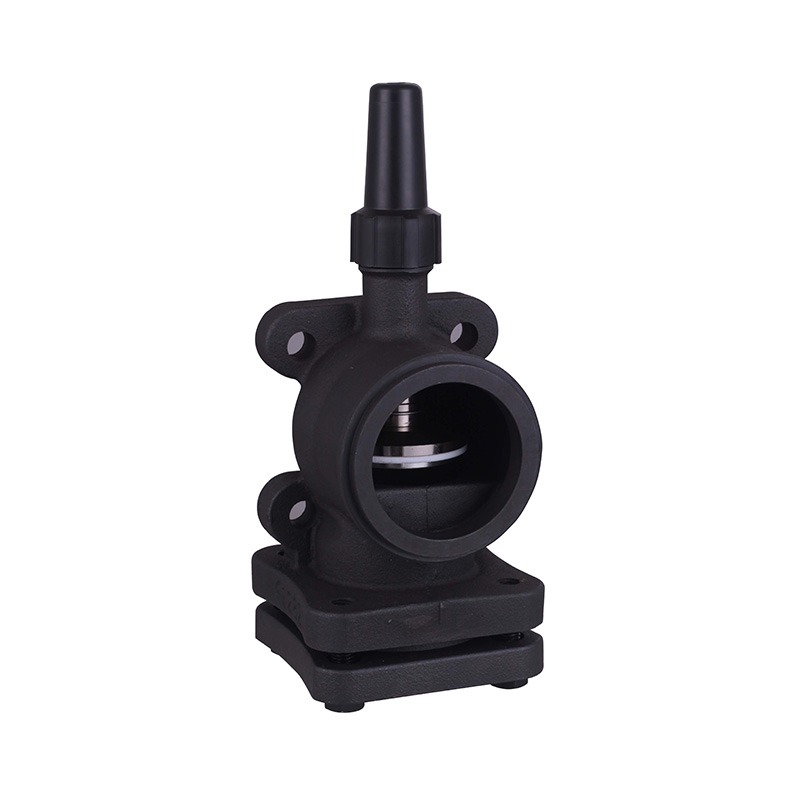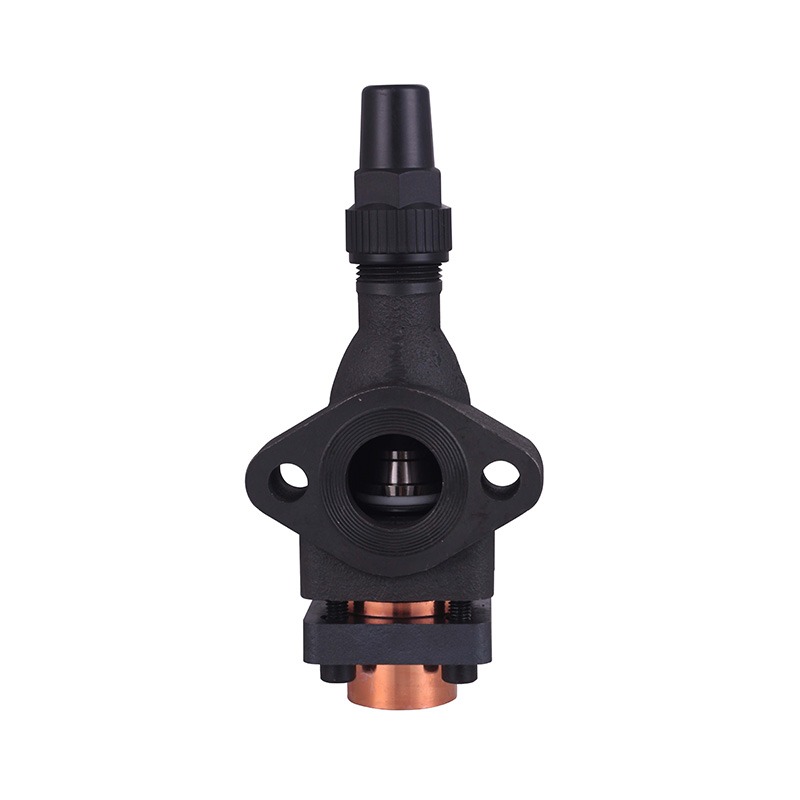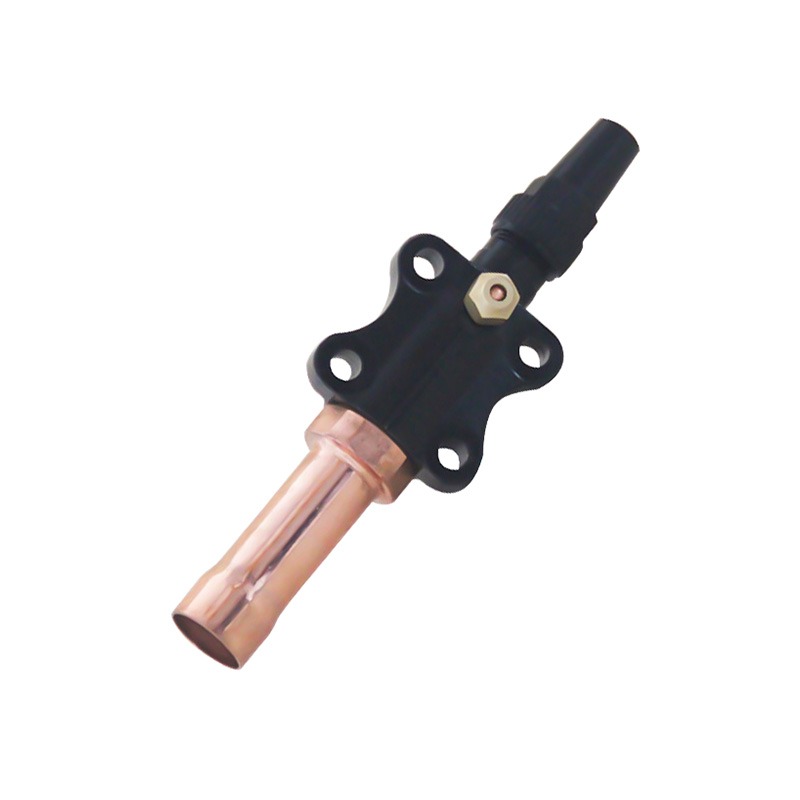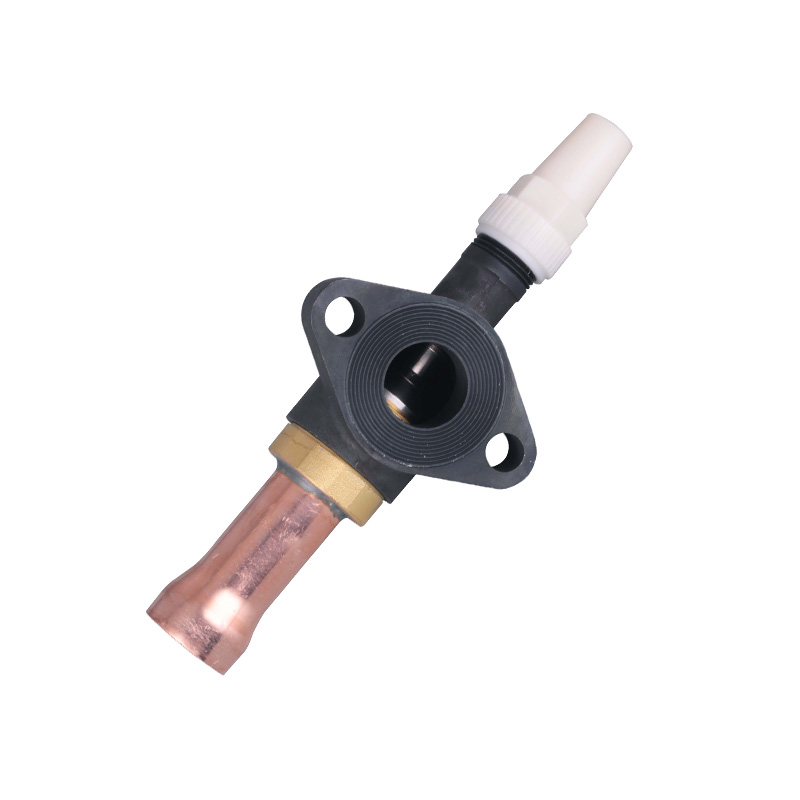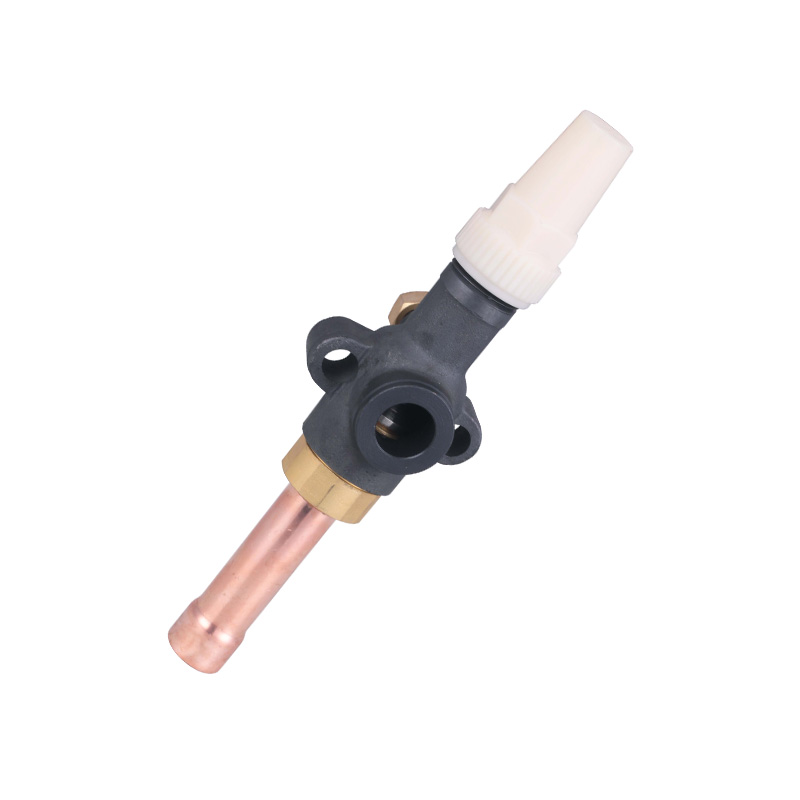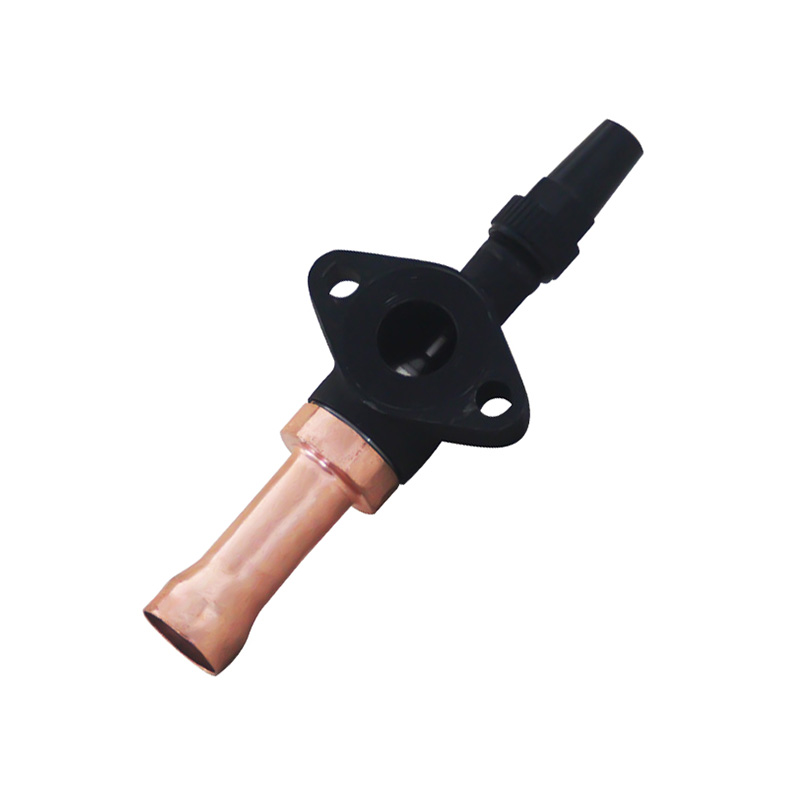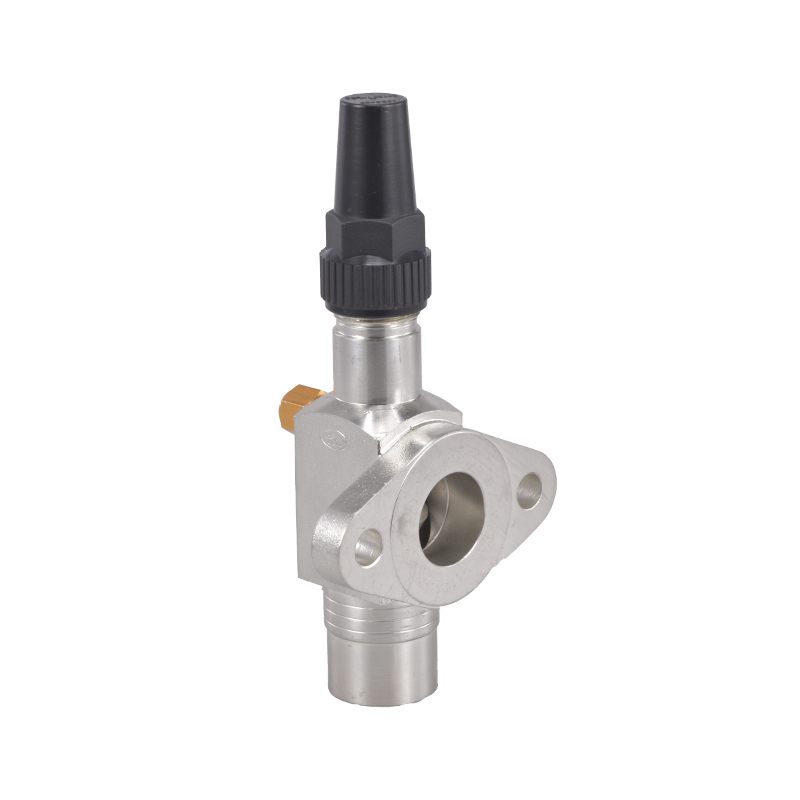Cold Storage Equipment Developments Support Expanding Temperature-Sensitive Supply Chains
 By Admin
By Admin
As global industries increasingly rely on the safe transport and storage of perishable goods, Cold Storage Equipment continues to evolve to meet growing demand. Sectors such as pharmaceuticals, food production, and biotechnology require strict control of environmental conditions, prompting new designs that allow greater flexibility and precision. Innovations are not only aimed at temperature regulation but also incorporate more refined vacuum control systems. In particular, the integration of the low vacuum pump has become more common, supporting more stable storage conditions and prolonging product viability during extended storage or transit.
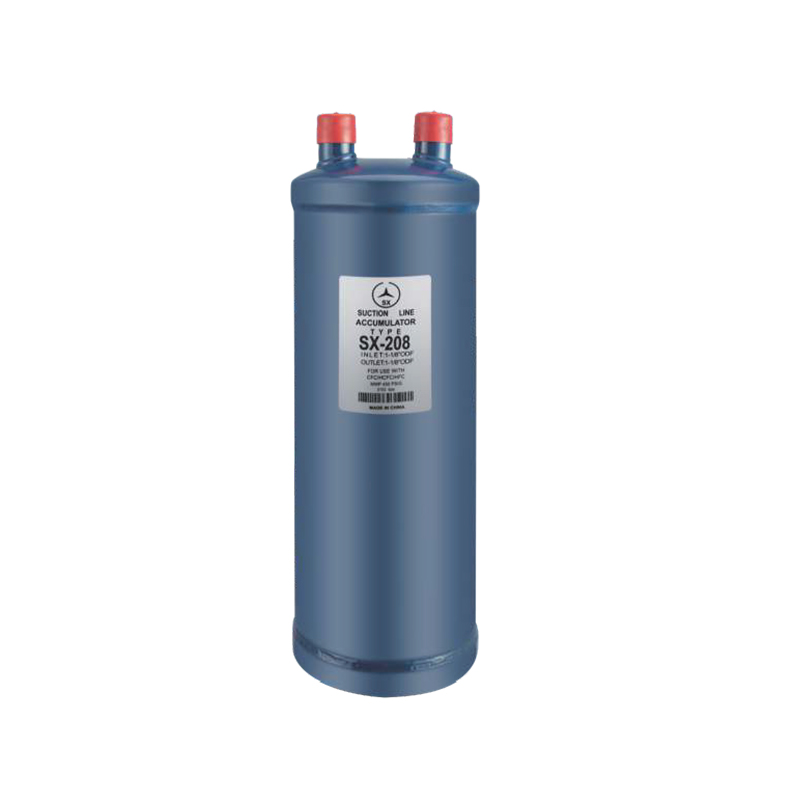
Cold Storage Equipment now supports a wider range of temperature-sensitive goods than in the past. The shift is especially evident in international logistics, where consistency in cold chain environments is crucial from origin to destination. Low vacuum pump systems are increasingly installed to complement refrigeration units, helping to reduce oxidation and microbial activity in sealed storage chambers. This approach supports both food quality retention and enhanced sterility for sensitive medical materials.
The use of Cold Storage Equipment in modular warehousing has expanded significantly, accommodating the rapid scaling needs of industries managing seasonal or sudden increases in perishable inventory. Units are being designed with more adaptable layouts to allow reconfiguration based on load type and size. Within these setups, the role of the low vacuum pump is becoming essential, offering reliable performance in maintaining controlled environments without introducing excessive mechanical complexity. These pumps allow facilities to regulate pressure levels in addition to temperature, offering more precise environmental controls.
Energy consumption is also a central consideration in the redesign of modern Cold Storage Equipment. More efficient compressors, insulation improvements, and control automation are being coupled with technologies like the low vacuum pump to reduce energy usage while maintaining strict storage parameters. In multi-zone cold storage systems, pressure zones created with low vacuum pump units allow for different preservation techniques to coexist within a single facility. This is particularly useful for mixed storage needs where both frozen and chilled items must be housed simultaneously under specific conditions.
Beyond logistics and warehousing, laboratories and research institutions are adopting Cold Storage Equipment enhanced by low vacuum pump systems to ensure integrity in long-term experiments and sample preservation. In these controlled environments, even minor fluctuations in air pressure or humidity can jeopardize results. Using low vacuum pump technology helps stabilize internal environments, maintaining constant conditions even during power shifts or door access.
As climate variations and regulatory pressures reshape expectations around food and drug safety, Cold Storage Equipment is becoming more tailored to specific applications. Whether used in compact distribution hubs or larger-scale processing centers, the presence of low vacuum pump mechanisms contributes to more consistent environmental management. This development supports greater confidence in product quality throughout storage duration.
Cold Storage Equipment is no longer solely defined by temperature control. The integration of pressure-sensitive technology, including the low vacuum pump, is transforming how goods are preserved and transported. With industries facing increased complexity in supply chains, these innovations provide tools for maintaining quality while reducing waste. As these systems become more accessible, their influence will likely continue expanding into new operational environments.




 English
English русский
русский Deutsch
Deutsch
